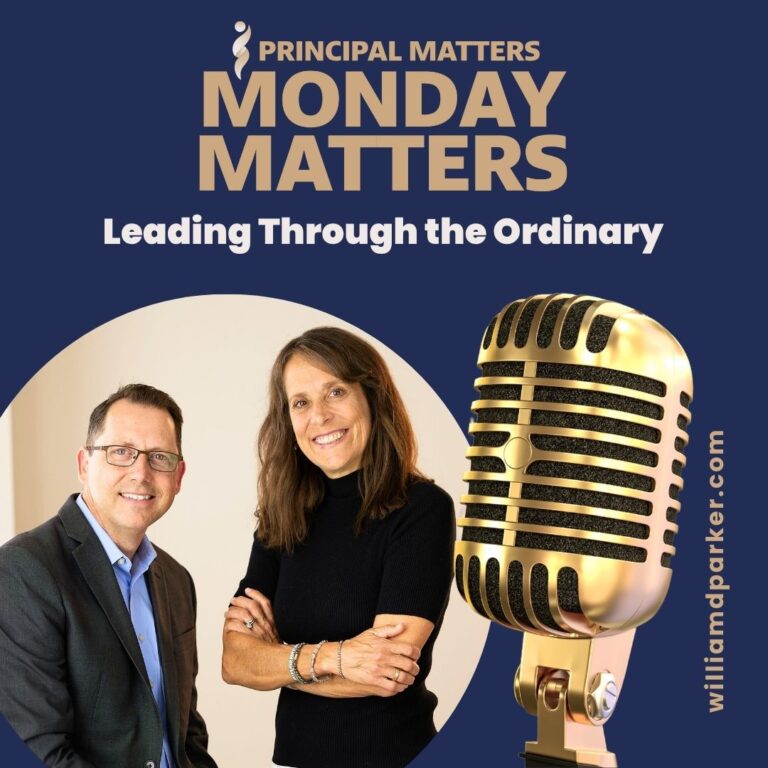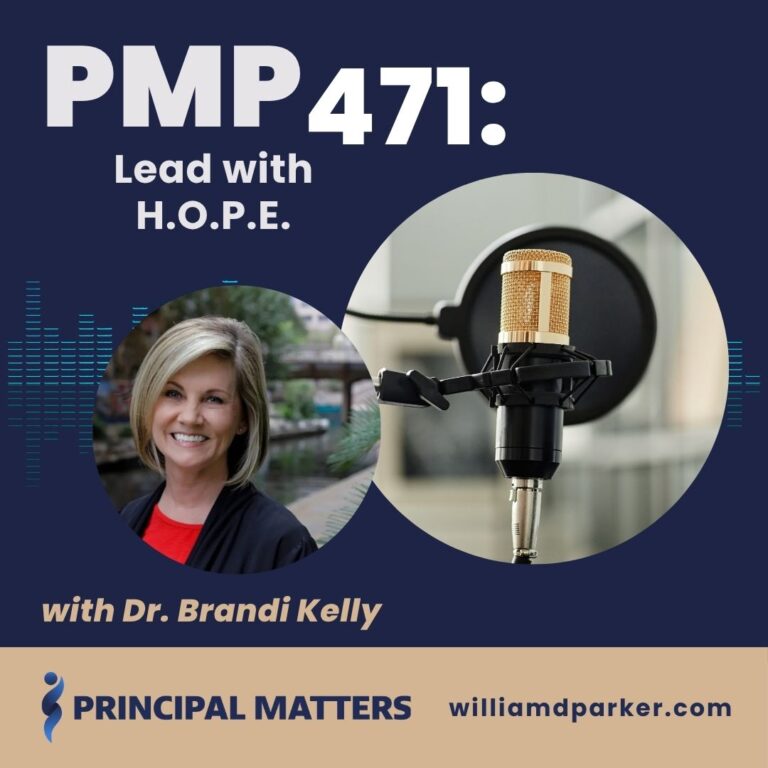In Chapter 4 of In Praise of American Educators: And How They Can Become Even Better, DuFour outlines strategies that actually work for high-performing countries.
He then explains why those strategies make more sense than the false assumptions embraced by so many US policymakers.
Comparing Highest Performing Countries to the United States
Singapore & Finland
When you look at two of the highest-performing countries—Singapore and Finland—here are some common trends:
• Only students in the top 20-30% of their graduating classes are allowed to apply for teacher training.
• Teaching candidates are screened for those with the best academic, communication, organization, and interpersonal skills.
• In Singapore, teaching candidates are placed on salary with stipends about 60% of a beginning teacher salary.
• Teachers are paid competitively in comparison to other professions requiring college degrees.
• Intensive professional development continues through every year of a teacher’s career.
• In Finland, teachers independently choose curriculum with no national mechanism for monitoring performance and no traditional principal evaluations.
• The teaching profession in both countries provides them with a high status within the culture; it is a major factor determining their decision to become teachers (DuFour 55-60).
United States Schools
In contrast, the United States has the following trends:
• Teaching candidates tend to have lower college entrance exam scores than other college graduates.
• Teachers are frequently placed in subjects for which they have not been high trained.
• New teachers will earn 68 percent of the mean salary of other college graduates.
• Teacher job satisfaction has plummeted from 62 percent in 2008 to 39 percent in 2012.
• Only 10 percent of American parents now say they would encourage their child to become a teacher.
• Half of those who enter the profession are gone within 6 years (DuFour 60-61).
DuFour asks, “In the final analysis…has the unprecedented fixation with testing, sanctions, choice, and educator dismissals achieved the objective of improving student achievement in the United States to the point that American students are comparable to the highest performing students in the world?”
A careful examination of the evidence shows the answer: “The record-setting levels of student achievement generated by the current generation of American educators have occurred despite rather than because of NCLB and Race to the Top” (DuFour 62-25).
In other words, it is simply amazing that American Educators have been able to achieve the results they have reached with a political system that has placed so many obstacles in the way of progress.
So What DOES Work? 8 Policy Recommendations
DuFour explains eight strategies or policies that have proven most effective in highest performing schools:
1. Changing the scope, frequency, and purpose of testing
This means moving away from multiple-choice option tests and focusing only on language arts and mathematics with higher-order thinking assessments and applying skills across disciplines. These kinds of tests are more expensive to create and score but costs could be offset by simply limiting testing to fourth grade, eighth grade, and tenth grade (DuFour 67).
2. Paying the college costs of students who graduate in the top quarter of their class who agree to teach for five years
Typically, college graduates assume $29,000 in debt for their degrees, so attracting them to teaching is a difficult choice considering average pay for American teachers. Investing in helping recruit top graduates must also be combined with enhancing the quality of those already in the profession through continued opportunities for learning (DuFour 70).
3. Establishing career ladders with increasing responsibilities and compensation for teachers
In Singapore, teachers enter the profession with three career-track options in mind: 1) becoming a master teacher, 2) becoming a school leader, or 3) becoming a specialist or researcher (DuFour 57). Imagine if advancement could be determined on expertise and increased responsibilities rather than years in the classroom. The National Center on Education and Economy has recommended that every state “establish a multistep career ladder that would enable teachers to advance through a series of stages with increased in compensation and responsibility as they do so” (DuFour 71).
4. Establishing clear standards regarding what teachers should know and be able to do
Teachers need training since the most common level of teaching experience has dropped from fifteen years in 1988 to one year in 2013. Programs for teacher preparation must not only emphasis content mastery but also “curriculum that would include child development, subject matter content, pedagogy, technology, classroom management, inquiry-based action research, and collaborative skills” (DuFour 72-74).
5. Providing universal early childhood education
Meta-analysis of research shows that high quality preschool programs result in reduced grade retention and spending for special education as well as greater educational attainment, increases in high school graduation, reduced teen pregnancy, years of education completed, increased earnings, and reduced crime (DuFour 75-76).
6. Supporting career and technical education as a pathway to the middle class
High school graduation is longer a path to the middle class. Wages for Americans with only a high school diploma fell 12 percent to just $19,400 in 2012 (DuFour 77). Providing students with introductions to career pathways opens the door for millions of jobs in the $35,000 to $90,000 range that require post-secondary education, but not necessarily a bachelor’s degree (DuFour 77).
7. Stipulating that teachers are provided with time for collaboration
Teachers who collaborate together see significant improvement in student performance. The assumption that two or four PD days a year is sufficient for teacher collaboration is naïve; schools need to embed time for teachers to meet, discuss, plan, and assess student progress.
8. Support schools as they make the transition to Professional Learning Communities
Policies should support school leaders in restructuring schools so that teachers are allowed time to meet, analyze student performance, and work collaboratively for improvements. Creating policy that supports schools as they make the transition to professional learning communities is in line with best practices (DuFour 66-81).
Conclusion
Most of the solutions American lawmakers have pursued in the past decade are simply counterproductive. DuFour’s research shows that the harder, but more meaningful approaches should include:
- Simplifying the scope, frequency, and purpose of testing
- Creating incentives for recruiting strong teaching candidates
- Allowing career ladders for teachers, leaders, and researchers
- Holistic training for teaching candidates
- Universal early-childhood education (especially for children in poverty)
- Supporting career and technical education
- Restructuring schools for teacher collaboration
- Supporting professional learning communities
These approaches aren’t quick fixes or politically popular, but they are based on embedded practices in schools that work.
Now It’s Your Turn
It would be encouraging if American educators were supported in pursuing the same mindset, culture, and expectations where students and educators feel they are thriving. Even if public policies don’t support these practices, what are ways you can encourage these kind of approaches among your school team members?
Sign-Up For Free Updates and Ebook
When you enter your email address here, you will automatically receive my newest posts and a free Ebook, 8 Hats: Essential Roles for School Leaders. Let’s keep learning together!
Principal Matters–The Book!
School leaders are very busy, so each of the twenty-four chapters is designed as a quick-read and followed with take-action questions for follow-up or reflection. If you want practical ideas on understanding your purpose, managing school teams, dealing with challenges, and leading with courage, action, motivation, and teamwork, go HERE to pick up a copy for you or your team.




